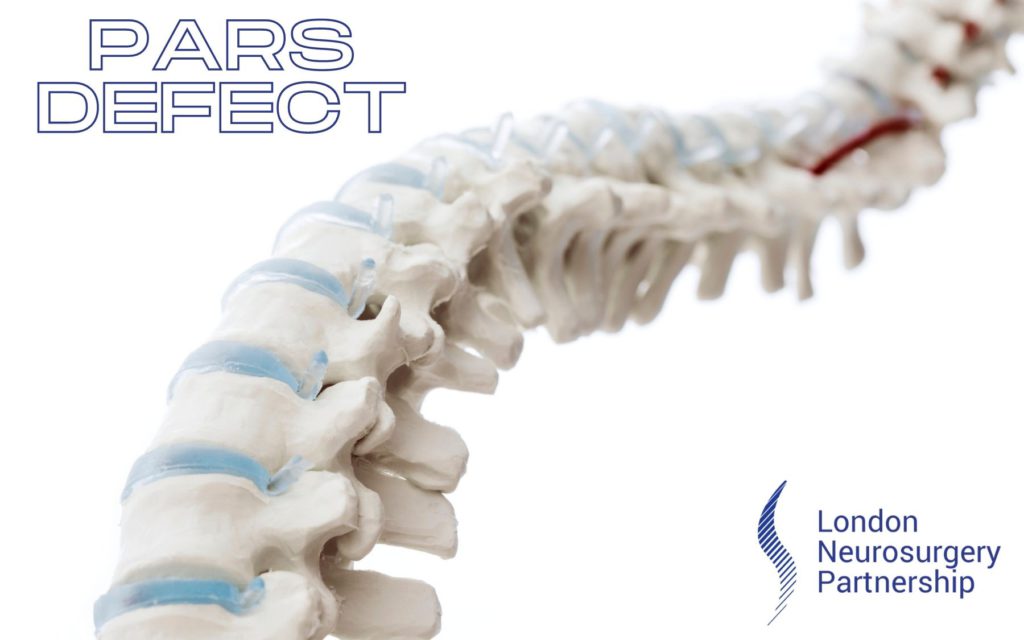
Mr Nick Thomas explains all about a pars defect for us.
A pars defect is a condition affecting the lumbar (lower) spine. It affects an area of bone called the pars interarticularis. The pars interarticularis is a small segment of bone which joins the facet joints at the back of the spine. A pars defect means that the lower and upper portion of the vertebrae (spine bones) can become separated during repeated stress and strain. This can happen on one side (unilateral) or both sides (bilateral) of the spine. Although often asymptomatic it is the most common cause of lower back pain in adolescents (with the majority of cases being in 10 -15 year olds). The most common area of the spine this affects is the lower or lumbar spine specifically L5-S1 and L4-5. 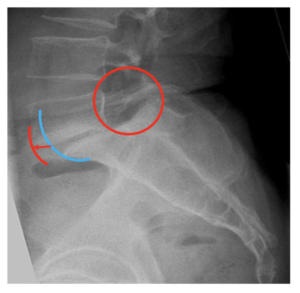
A pars defect is present it can lead to development of other conditions such as stress fractures or spondylolisthesis. Sometimes the upper vertebra slips forward relative to the lower one – this is referred to as spondylolisthesis. Neurological deficits are relatively rare with the most common symptoms being back pain and leg pain which limits the activity level of the patients.
Causes of a pars defect:
The break in the bone occurs due to undue pressure on the pars interarticularis which can be linked to activities which cause repeated stress and strain. These may include (but not limited to):
- Gymnastics, athletics, diving due to hyperextension and/or extreme twisting.
- Weight lifting, wrestling, tennis, dancing due to repetitive, forceful movements.
- Pars defects can also be linked to degenerative changes in the spinal discs and facet joints, which occurs with age.
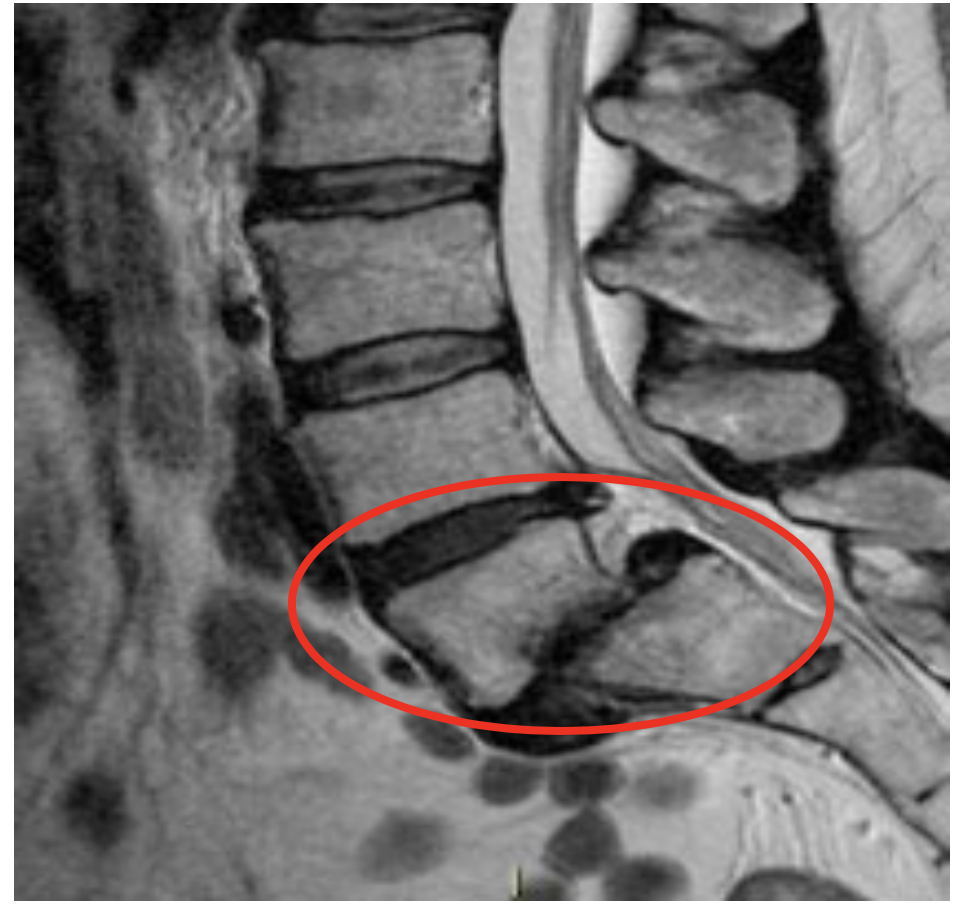 Treatments for pars defects:
Treatments for pars defects:
If the pars defect is present without spondylolisthesis and neurological symptoms then rest, immobilisation of the area and time can heal the defect. Rest and proper healing are vital prior to returning to sport and other activities. Physical therapies can help with speeding up the recovery and can include back strengthening exercises and gradual return to sport.
If there is a spondylolisthesis, neurological symptoms and pain with the pars defect the treatment plan can be a little different. Whilst pain medications and physical therapies as well as exercises to gradually return to sport can help some may not heal or could have resulting neurological problems. These cases may require surgical intervention which include a decompression (to release and free up the nerves being compressed by the slippage) and spinal fusion (to stabilise the spine whilst the bone heals).
This article is intended to inform and give insight but not treat, diagnose or replace the advice of a doctor. Always seek medical advice with any questions regarding a medical condition.
Back to spinal conditions.


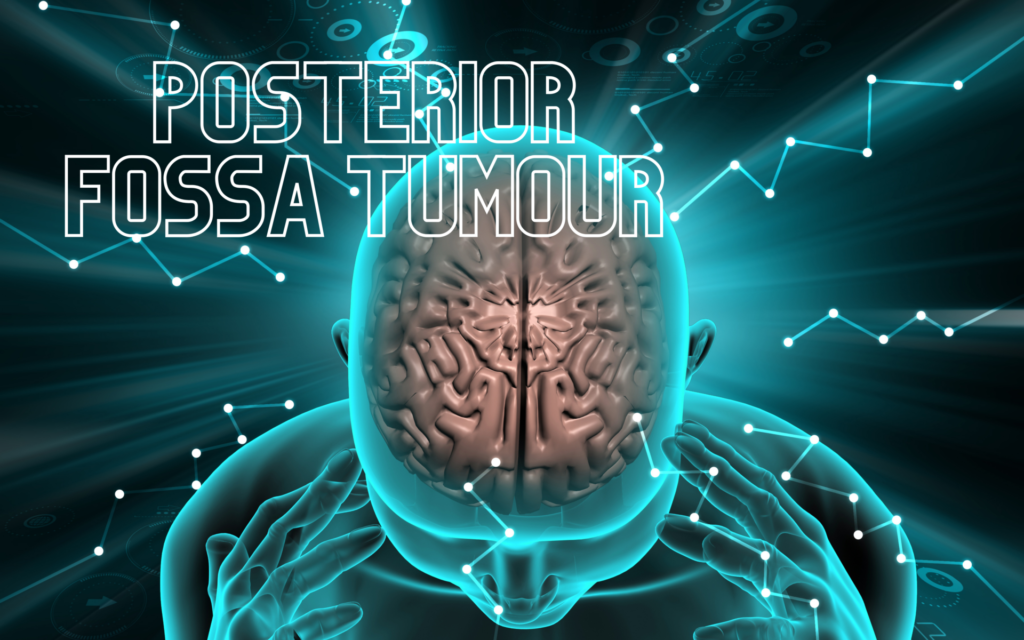
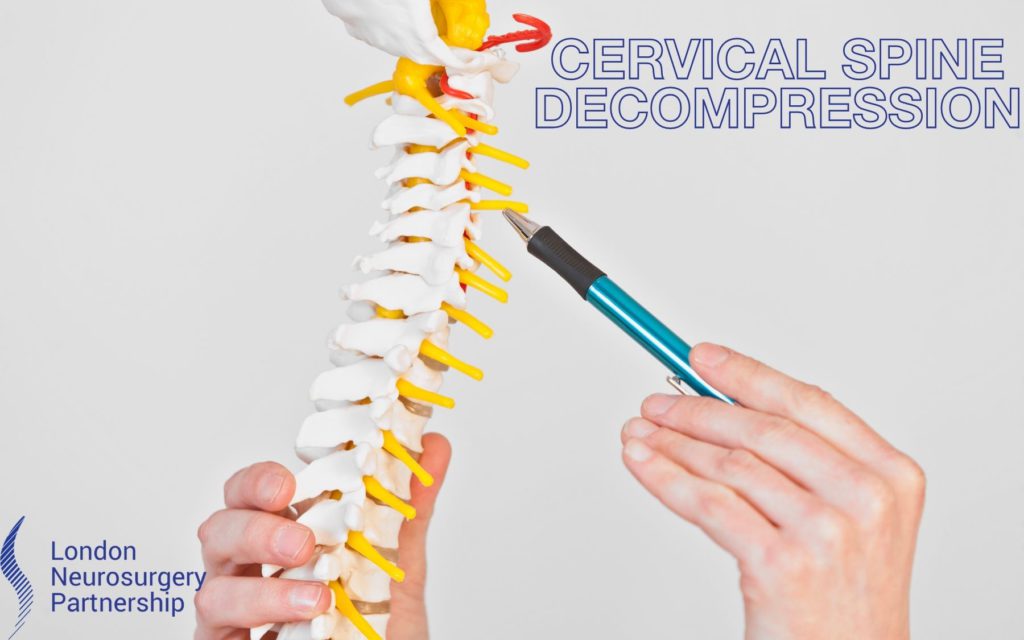
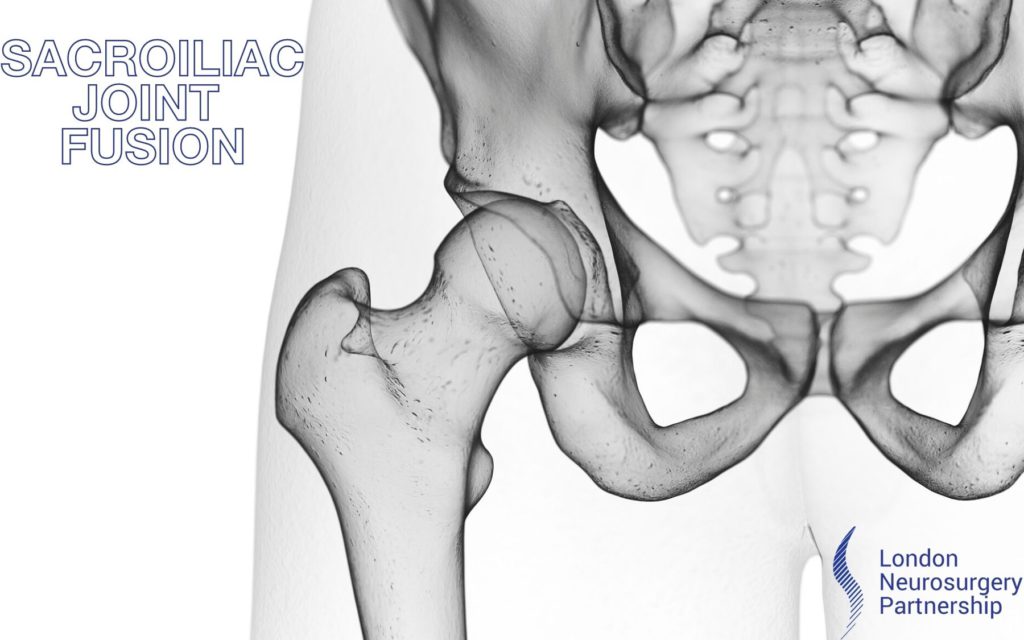
0 Comments